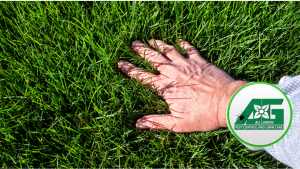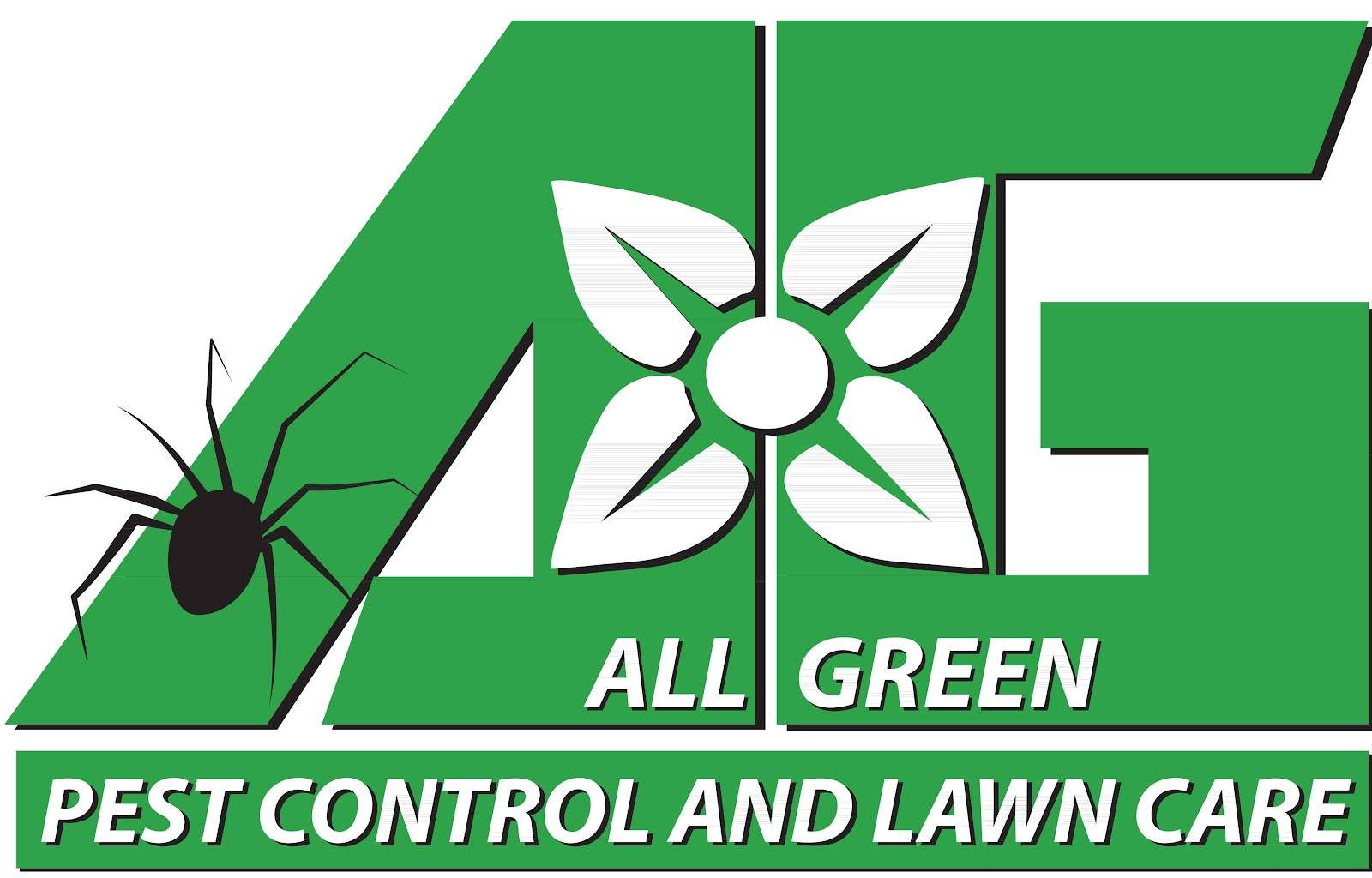
Preparing Your Lawn for Spring: The Ultimate Spring Lawn Care Guide
As winter recedes and the promise of warmer days approaches, it’s the perfect time to prepare your lawn for a vibrant spring season. Proper preparation now can lead to a lush, green lawn that thrives throughout the year. This comprehensive guide covers essential spring lawn care practices, including aeration, power raking, overseeding, pre-emergent application, fertilization, broadleaf weed control, and other vital steps to ensure your lawn’s health and beauty.
Why Spring Lawn Preparation is Important
Spring is a pivotal period for lawn care, setting the stage for robust growth and resilience. After enduring winter’s challenges, your lawn requires attention to recover and flourish. By dedicating time to spring preparation, you can:
- Promote Healthy Root Development: Encouraging deeper root systems enhances drought tolerance and nutrient uptake.
- Prevent Weed Infestations: Early interventions can stop weeds before they establish, reducing competition for resources.
- Enhance Nutrient Absorption: Proper soil management ensures that grass receives the essential nutrients needed for vigorous growth.
- Improve Lawn Density and Appearance: Thick, well-maintained turf not only looks appealing but also resists pests and diseases more effectively.
Assess Your Lawn’s Condition
Conduct a Soil Test
Understanding your soil’s composition is fundamental to effective lawn care. A soil test provides insights into pH levels and nutrient deficiencies, guiding your fertilization and amendment strategies. You can obtain a soil testing kit from local garden centers or consult your local cooperative extension service for professional analysis.
Clean Up Debris
Winter can leave your lawn littered with debris such as fallen branches, dead leaves, and thatch. Begin by gently raking to remove these materials, which can harbor pests and diseases. Clearing debris also ensures that sunlight, air, and nutrients reach the soil surface, fostering healthy grass growth.
Aeration: Relieve Soil Compaction
What is Aeration?
Aeration involves perforating the soil with small holes to allow air, water, and nutrients to penetrate the grassroots. This process alleviates soil compaction, promotes deeper root growth, and enhances the lawn’s overall health. citeturn0search1
When and How to Aerate
- Timing: For cool-season grasses, early spring or fall is ideal. Warm-season grasses benefit from aeration in late spring.
- Method: Utilize a core aerator to extract small plugs of soil, which facilitates better movement of air and water in the soil.
- Frequency: Most lawns benefit from annual aeration, but high-traffic areas may require more frequent attention.
After aeration, it’s beneficial to leave the soil plugs on the lawn surface; they will decompose and return nutrients to the soil.
Power Raking: Remove Thatch Build-Up
Why Power Raking is Essential
Power raking, or dethatching, removes the layer of dead grass, roots, and debris that accumulates between the soil and the grass blades, known as thatch. Excessive thatch can impede water infiltration, restrict nutrient absorption, and create an environment conducive to pests and diseases.
How to Power Rake Your Lawn
- Timing: Perform power raking in early spring when the grass is beginning to grow actively.
- Equipment: Use a power rake or dethatcher, which can be rented from garden centers or equipment rental services.
- Procedure: Adjust the machine to remove the appropriate amount of thatch without damaging healthy grass. After raking, collect and compost the debris.
Power raking can be stressful to your lawn, so it’s advisable to follow up with proper watering and fertilization to aid in recovery.
Overseeding: Improve Lawn Density
The Benefits of Overseeding
Overseeding involves planting new grass seeds into existing turf to fill in bare or thin areas. This practice enhances lawn density, improves color, and helps prevent weed establishment by promoting a thick, healthy turf.
How to Overseed Successfully
- Timing: Early spring is ideal for cool-season grasses, while late spring suits warm-season varieties.
- Preparation: Mow the lawn to a shorter height and lightly rake to expose the soil, ensuring good seed-to-soil contact.
- Seed Selection: Choose high-quality, disease-resistant seed varieties appropriate for your region and existing lawn type.
- Application: Use a broadcast spreader to distribute the seeds evenly. After seeding, lightly rake the area and consider applying a thin layer of mulch to retain moisture.
- Watering: Keep the soil consistently moist until the new grass establishes, watering lightly but frequently.
Overseeding not only rejuvenates your lawn’s appearance but also introduces improved grass varieties that may be more resistant to diseases and environmental stresses.
Pre-Emergent: Prevent Weed Germination
What is Pre-Emergent Herbicide?
Pre-emergent herbicides are chemicals applied to lawns to prevent the germination of weed seeds. They form a barrier in the soil that inhibits seedling development, effectively controlling annual weeds like crabgrass before they become problematic.
When and How to Apply Pre-Emergent
- Timing: Apply pre-emergent herbicides in early spring when soil temperatures consistently reach 55°F (13°C), as this is when many weed seeds begin to germinate.
- Application Tips: Use a broadcast spreader to ensure even coverage across your lawn. After application, water the lawn lightly to activate
In addition to preparing your lawn for the spring season, it’s also important to prepare your lawn maintenance equipment, too. Follow some of our our lawn maintenance equipment tips, here!
